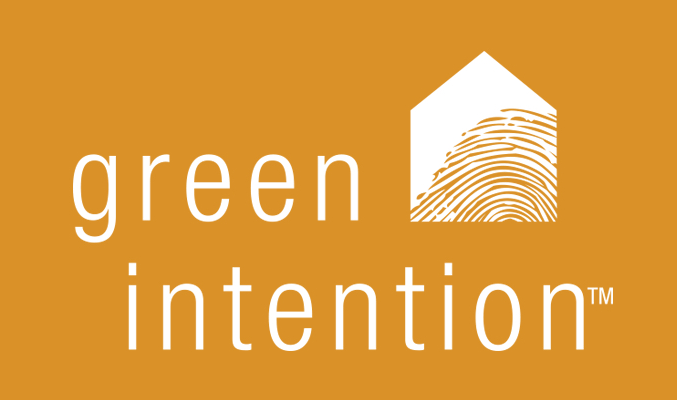Many people ask me what my favorite “green” features of our home are, since we have now lived in it for over two years and can honestly assess whether we would make the same green choice again. While don’t people ask what was the worst choice? What was a complete failure? What do I absolutely hate about our home?
(If you’ve read my solar saga, I expressed a great deal of frustration with the process, but I am still really glad we have solar panels, and I would do it again. So no, it’s not the solar panels.)
It’s the irrigation well. We have our very own private well, in the city of Minneapolis (it was surprisingly easy to get a permit for it), that we use exclusively for irrigating our lawn and trees.
A well was never something I had really wanted; it just seemed to make sense. When we looked into rainwater harvesting (like a cistern), we found out that we would have to have pilings put in the soil to support the weight of a cistern. The reason for the pilings was that our ground is so wet. So, to me, rather than put pilings in the wet ground just to hold water, why not just use the water that was already in the ground?
The intent of our irrigation well was to reduce demand for central water supply by not using it at all for irrigation. Outdoor water usage accounts for 20%-30% of total water demand in the city of Minneapolis. By reducing the need for city water, the city saves energy and money on its entire supply, treatment, filtration, and distribution system. Any water saved that can be used for future needs helps the city move closer to its goal of becoming a “sustainable city” — an integral part of the Minneapolis plan.
When we got the price for the irrigation well, it was definitely more than we had wanted to spend, and given how inexpensive water is, I estimated the payback to be at least 25 years. But it did make me feel better irrigating our lawn — and there was a financial payback. (I also liked having access to well water in the event something contaminated the city’s water supply–doomsday scenario!)
That was before I knew how much it would
(a) damage our patio pavers and concrete because of the rust stains, and
(b) cost to continuously replenish our supply of “Rid-O-Rust” — an additive to the water to prevent rust stains in the first place.
Indeed, the cost of the Rid-O-Rust annually completely wipes out any water savings we realize from not using city water. So it continues to cost us more every year just to operate the irrigation well, not to mention the potential cost of cleaning or replacing the outdoor patio pavers.
While we consider the costs of shutting the well down and just hooking up to the spigot, we have to chalk this up as a good lesson for anyone making investment decisions — whether it’s for a home or business: UNDERSTAND THE OPERATING COSTS–not just the upfront costs–when analyzing the financial impact!
I wish we had known about this Rid-O-Rust component in the beginning — it may have prevented us from making the worst green choice we made for our home. And we did not even get any LEED points for it!

I’d like to learn more about using a cistern in the mn, We don’t have a high water table where our house is, and i like the idea of storing rainwater that would otherwise be flowing into a city storm sewer, as nice as rain barrels are they don’t do much for irrigating a lawn (the capacity is just too small). Do you have any references you could post? I’m not finding much for a cold climate where freezing could be a concern. thanks
Thanks for your comment. To prevent freezing, you may need to bury the cistern and then have a pump to move the water – which is definitely more expensive than rain barrels, but probably more effective as well. Check out Lindus Construction’s solutions at http://rainwaterharvestingmn.com/. I’ve also seen tanks that can be hidden under decks; check out the bladder tanks at http://www.rainwater-harvesting-4-homes.com/Bladder-Tanks.html. Good luck! (Note: we did not get cisterns, so I’m not recommending these companies — just another point of reference for research.)